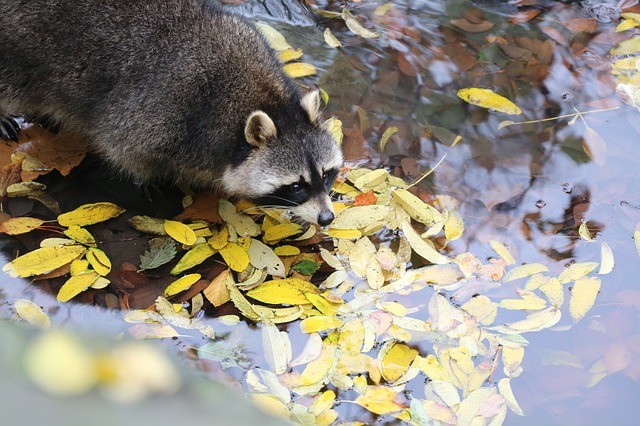by Perma-Chink Systems
If you live in or near the woods, you probably have a variety of rodents that also occupies your surrounding area. Most rodents like to gnaw on wood and if your log home is accessible to them it may become the target of their gnawing activity.
Mice
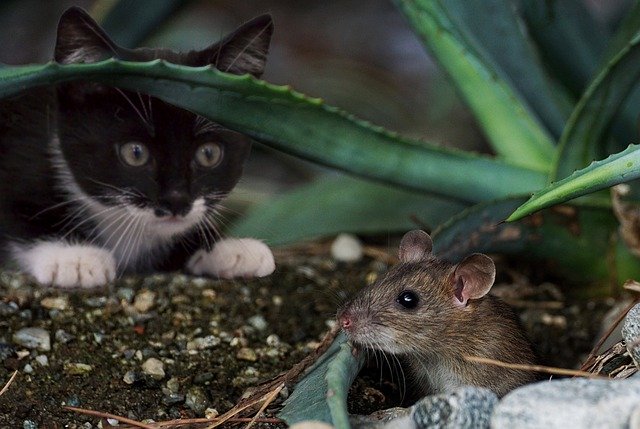
Mice are not cute! They are destructive. Trust your cat.
Although field mice occasionally work on the exterior of a home, most of their effort is devoted to finding a warm place to spend the winter. If you seal up all of the potential entrance points, especially around the foundation, you will prevent their taking up residence inside your home. Just remember that they can squeeze through unbelievable small openings so you need to do a thorough job.
Squirrels
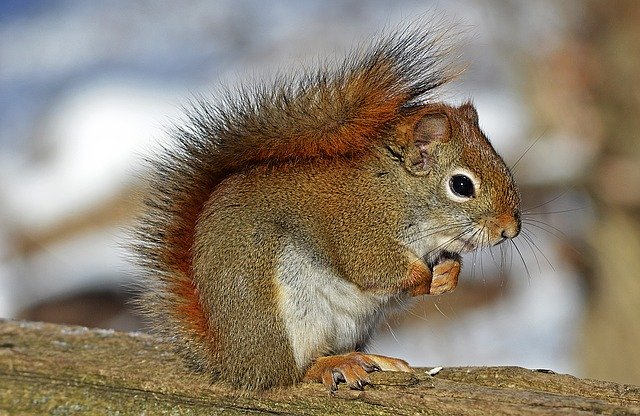
Squirrels are very destructive. They are rodents, no matter how pretty they can look.
Almost all of the log home wildlife damage we see is the result of gray squirrels. However, flying squirrels are commonly found in many parts of the country, and they too can cause wood damage. But since flying squirrels are extremely shy and nocturnal, they are rarely seen.
Squirrels chew on wood for two basic reasons, they are attempting to get inside where it’s nice and warm, or they are trying to extract salts that may be contained in the wood. This problem is most common on wood that has been bleached or borate-treated since the sodium salts contained in bleach and borates provide essential nutrients to these animals.
If this is the case, in addition to trapping or elimination, there is another method that may help prevent them from damaging your home. Go to your local co-op/farm & feed store, buy a salt lick and place it where it is accessible to these animals away from your home. The salt lick will supply the mineral nutrients they require, and it is a lot easier for them to obtain what they need from the lick than it is by chewing on your home. Occasionally animals will gnaw on a home just for the fun of it.
Porcupines
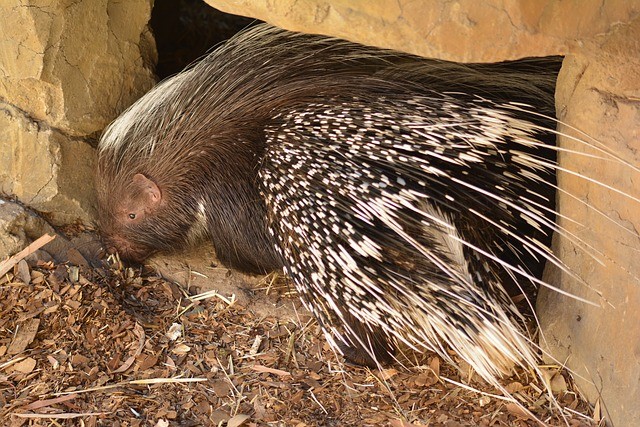
This is not what you want under or around your home.
Porcupines, too, have a ravenous appetite for salt and this method may work for them as well. In some cases, it might be necessary to trap and relocate the animals. Porcupines are nocturnal, so monitoring suspicious wood damage may identify the culprit.
Racoons
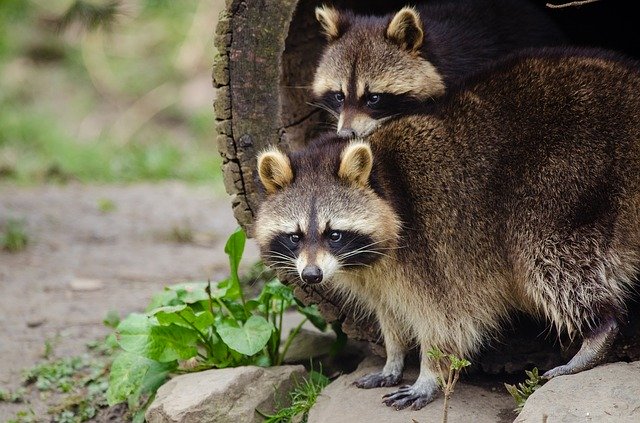
Yes, they are adorable, but they are not good for your home. Don’t be fooled by their human-like hands and intense eyes.
Raccoons may not damage the actual timbers of your home, but they can make a mess inside of it. Crawlspaces, unsealed attics, and dark recesses are popular places for raccoons to escape the cold outdoors. They’re opportunistic, so keep food sources sealed, cleaned-up, or in rodent-proof containers. This includes gardens, too, if you missed some of the late harvest and have leftover fruit or vegetables in the yard. Even birdfeeders and pet food offer an enticing treat to raccoons. Racoons, like porcupines, are nocturnal, and love the cover of darkness and overgrown shrubs to hide their nefarious deeds. Keeping your landscaping trim, along with pruning tree branches that are too close to the home, will help deny access for raccoons and similar pests.
If you want to learn more, we have another article on pest-proofing your home.
Insects
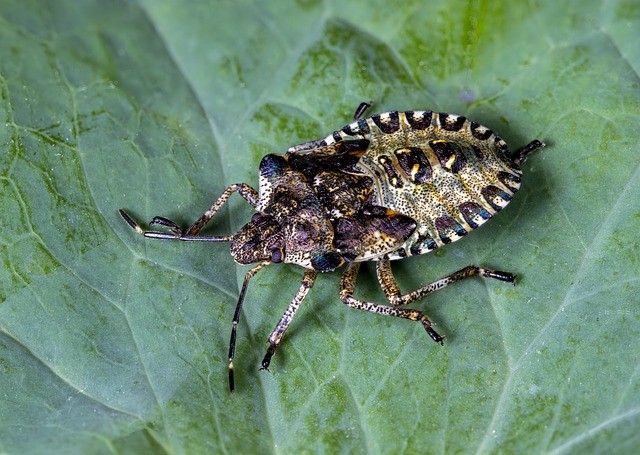
These stink bugs are disgusting and damaging as are many other invasive bugs and insects.
There are some insects that can damage your log home. Small as they are, insects can do serious damage. We’ve covered the impact that certain insects can have on log homes, and how to treat and prevent the issues those insects cause. You can take a look at our previously published articles on dealing with ladybugs and boxelder, carpenter bees, and certain types of beetles. In addition to these, the colder months also attract other insects to your home, most of which are a nuisance, rather than damage-producing.
In many areas of the country when cool, fall days arrive, Asian lady beetles (ladybugs), Harmonia axyridis, and boxelder bugs, Boisea trivittatus, congregate on exterior walls. They typically choose the south and west facing walls since these walls are the warmest. Once on the wall they look for nooks, crannies and other dark openings where they can hibernate over the winter. Log checks, gaps between butt joints and corner openings provide ideal wintering sites for these insects. If any opening leads to the inside of the home, they can become a real nuisance, especially if they enter in large numbers. An effective method to handle them inside is with a vacuum cleaner. Spraying them with pesticides is unnecessary and unhealthy.
Stink bugs are another nuisance that arrives with fall and cooler months. Unfortunately, stink bugs have no natural predators, so elimination of the insects falls to homeowners. And usually a vacuum. The best home remedy for stink bugs is to vacuum them up, then dispose of the vacuum bag (or drum contents) in the trash, preferably sealed.
Eliminate moisture collection areas like dripping outdoor spigots, leaky gutters, or leaky pipes, etc., as water helps breed insects. Routine inspection and maintenance of screen doors, vent screens and similar also help maintain a barrier against invading insects.
Chemical Prevention
Some people have reported success in preventing animals from chewing on their wood by coating it with a repellent containing Bitrex, a very bitter substance added to many household products to prevent small children from drinking them. One product specifically designed for this purpose is Ropel® available from Nixalite of America, Inc. Information is available online or call them at 888-624-1189. Farnam Chew Stop Liquid deterrent contains a hot cinnamon taste that helps stop horses from wood chewing and cribbing.
Never attempt to add any of these type products to a stain or topcoat, they are not compatible with many types of finishes. They are made to be applied on top of a dried finish, not mixed in with it.

